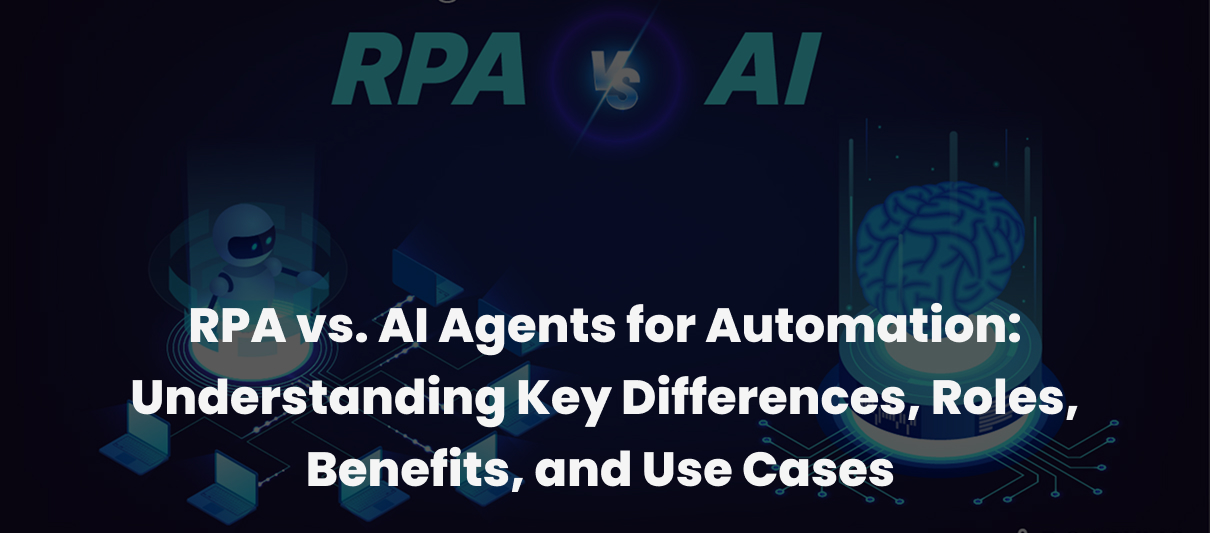Implementing AI-Driven Self-Service in Banking: Transforming Customer Engagement with Intelligent Assistance
Introduction
The future of banking is smart, and that is now. This quote can be the perfect example of how technology is transforming the banking sector beyond borders. With AI-driven self-service tools, customers can handle most of their banking needs efficiently without waiting for human assistance. In the traditional model, customer service teams are often overwhelmed with simple queries and routine requests, leading to
– long wait times,
– damaged customer trust and
– inefficient management within the bank.
Conversational AI tools in the banking sector can optimise customer service by offering more than just convenience; they also bring personalised experiences, faster query resolution, and always-available support.
In this blog, we’ll explore how Artificial Intelligence (AI) is changing the way banks engage with customers. From virtual assistants to automated services, we’ll look at the technology behind these solutions and the real-world advantages for both customers and financial institutions.
Roles Of AI-Driven Self-Services In Banking
The AI customer service sector is expected to hit $4.1 billion by 2027. With AI-driven tools becoming more integrated into banking systems, the way banks engage with customers is rapidly evolving.
Let’s break down the roles of self-service in banking:
1. Chatbots
Chatbots are the most popular and usable AI tools for banking customer service. They are also known as virtual helpers that communicate with customers, answer their queries, and assist them with tasks.
For example, you might have a question regarding opening a new bank recurring account or the need to transfer money. AI-powered chatbots instantly provide step-by-step guidance on starting a new bank recurring account securely without waiting for a human agent.
2. Virtual Assistance
By predicting and understanding customer needs, virtual assistants create value in banking by offering smart recommendations, distractions, and personalised support. These assistants facilitate interaction and improve efficiency, leading to trust as they deliver the right solution to the problem at the right time.
For example, this virtual assistant can also help you obtain a loan or determine your interest rate.
3. Predictive Analytics
AI in banking uses predictive analytics to analyse past behavior. This means that AI analyses past spending habits and predicts what you might need in the future.
For example, if your bank account goes negative or you spend more than usual, an AI transformation solution for banking will alert you early on. This will assist you in preventing problems before they escalate, such as incurring penalties or deductions of a specific amount.
4. AI-driven Contact Center
Earlier, customers needed to call the bank directly if they had any questions or wanted to ask about account or bank details, which took more time. With the help of AI platform solutions, this has become easier.
AI takes over the contact centre itself, which relieves customers and streamlines the process by providing automatic call routing, predictive issue resolution, and reduced response times. AI enhances agent efficiency through real-time assistance, enabling faster resolutions and tailored customer experiences.
For example, when calling the bank regarding certain issues, an AI-driven contact centre quickly guides you through automated options, letting you press numbers for specific topics or route your call to the right agent.
5. Intelligent AI assistants
By analysing customer data in real-time, AI-enabled agents deliver tailored and efficient customer service. It also recommends next-best actions, ensuring faster resolutions and smoother interactions, significantly enhancing overall customer satisfaction.
For example, if you’re asking about loan options or updating personal information, intelligent AI assistants analyse your data in real-time, offering tailored recommendations to resolve issues faster.
How AI-Powered Self-Service Transforms Customer Engagement in Banking
AI-driven innovations are transforming customer engagement in banking, making services quicker and more accessible. Conversational AI platforms offer immediate support, streamline transactions, and improve customer interactions. Let’s explore how these AI solutions enable banks to provide smooth, efficient, and tailored customer experiences.
24/7 Support
Customer feedback
Customer Self-Service
Onboarding and Training
Account Management
Automated Dispute Resolution
AI-powered Loan Processing
Enhancing Customer Support with SquareOne’s AI-Powered Solutions
SquareOne is a leading AI transformation consulting firm and KoreAI partner in Dubai that transforms customer support with AI-powered solutions tailored to banks. From automating workflows to enhancing self-service, SquareOne’s expertise ensures seamless customer interactions, reduced response times, and increased satisfaction.
By integrating more advanced Kore AI solutions, the experts help banks modernise their customer support infrastructure, driving operational efficiency and delivering next-gen digital experiences.
Final Words
Every banking sector strives to provide a seamless experience to its customers. With AI in the digital transformation environment, banking systems have been refined to stay agile, customer-centric, and ahead of the curve.
AI-driven self-service is transforming consumer involvement in banking by accelerating interactions faster and smarter. AI-powered solutions enable banks to provide 24/7 support, simplify services, and enhance client experience, keeping financial institutions at the forefront of innovation.
In this blog, we’ll explore how AI is changing the way banks engage with customers. From virtual assistants to automated services, we’ll look at the technology behind these solutions and the real-world advantages for both customers and financial institutions.


















